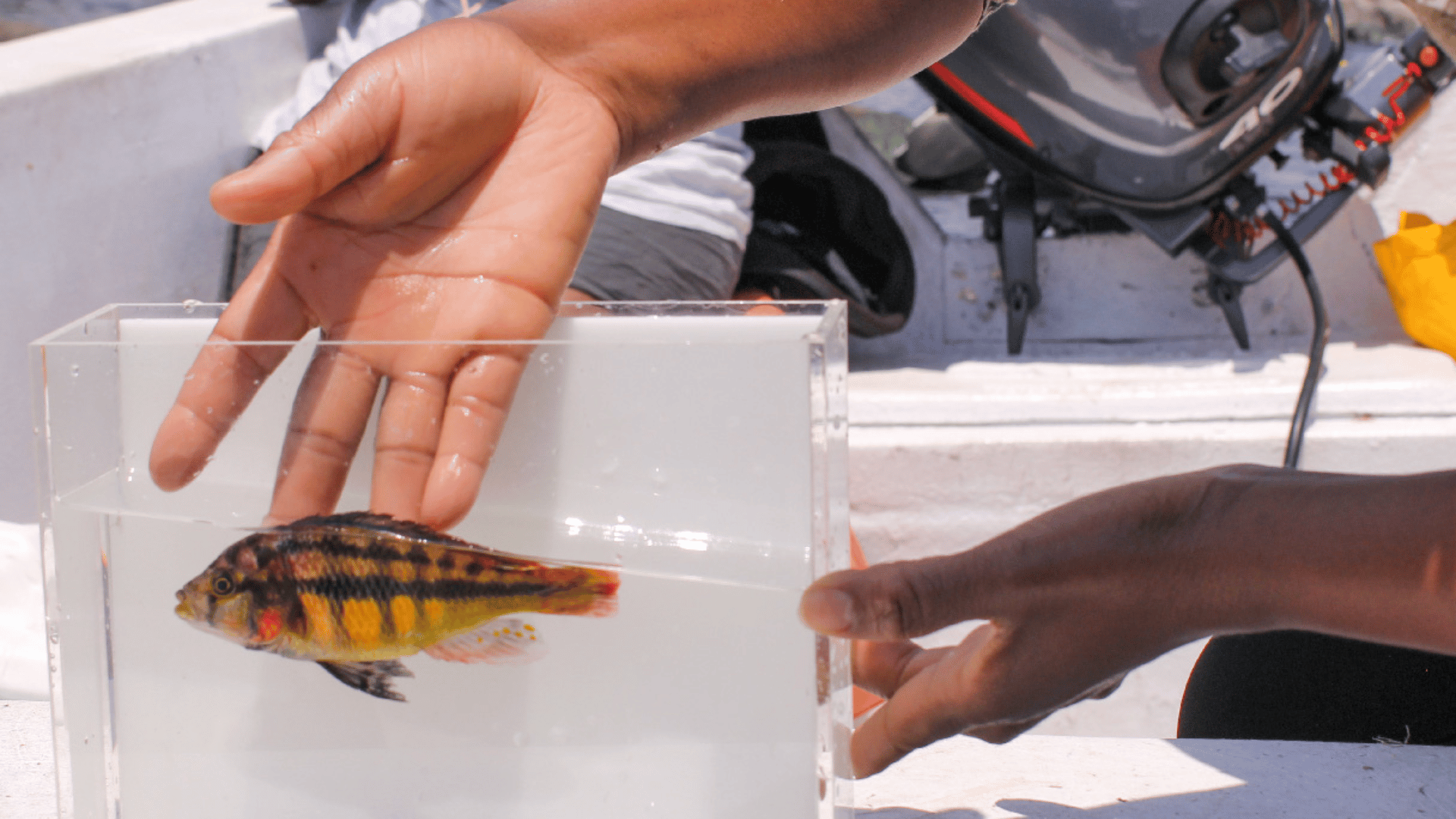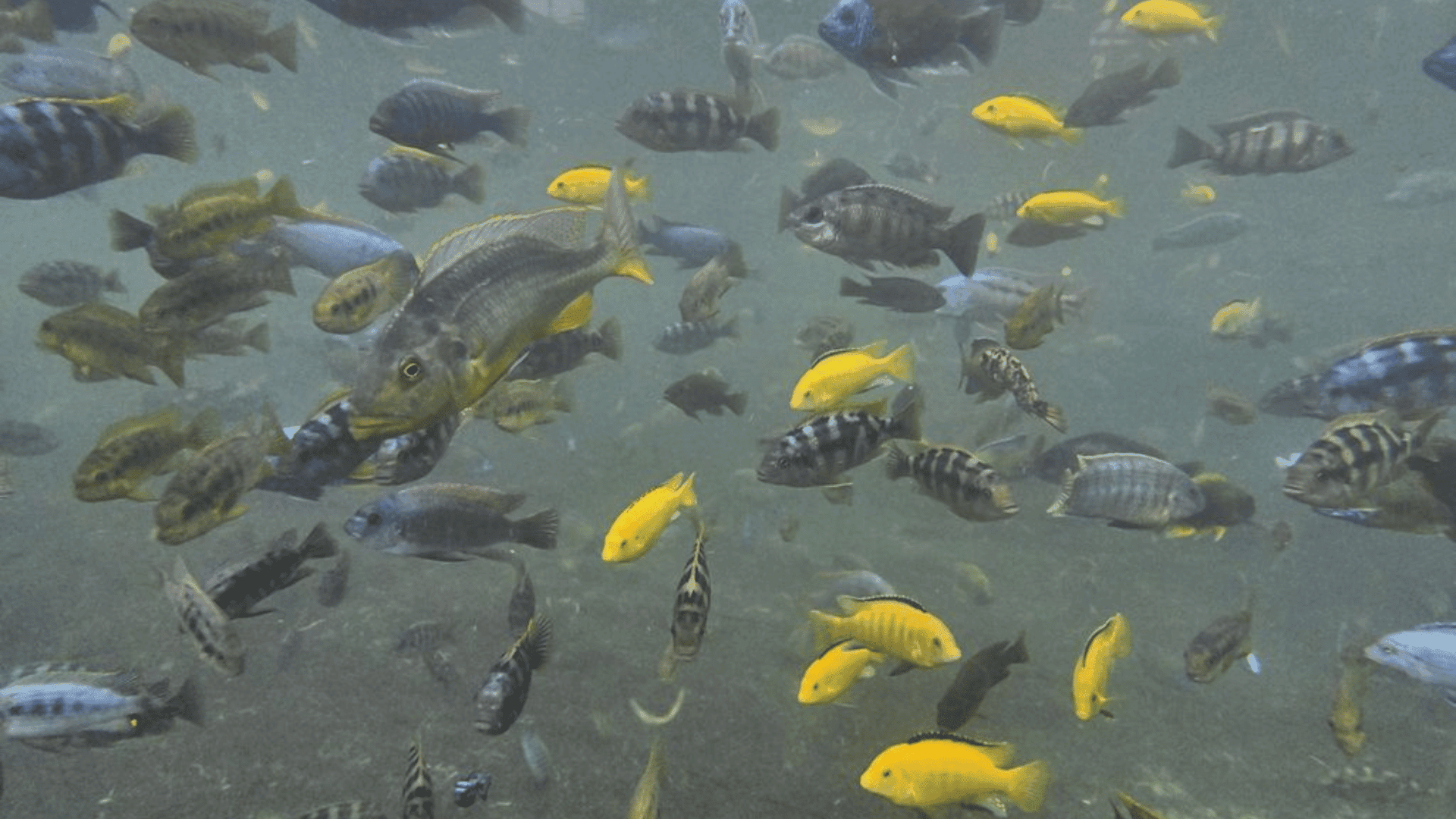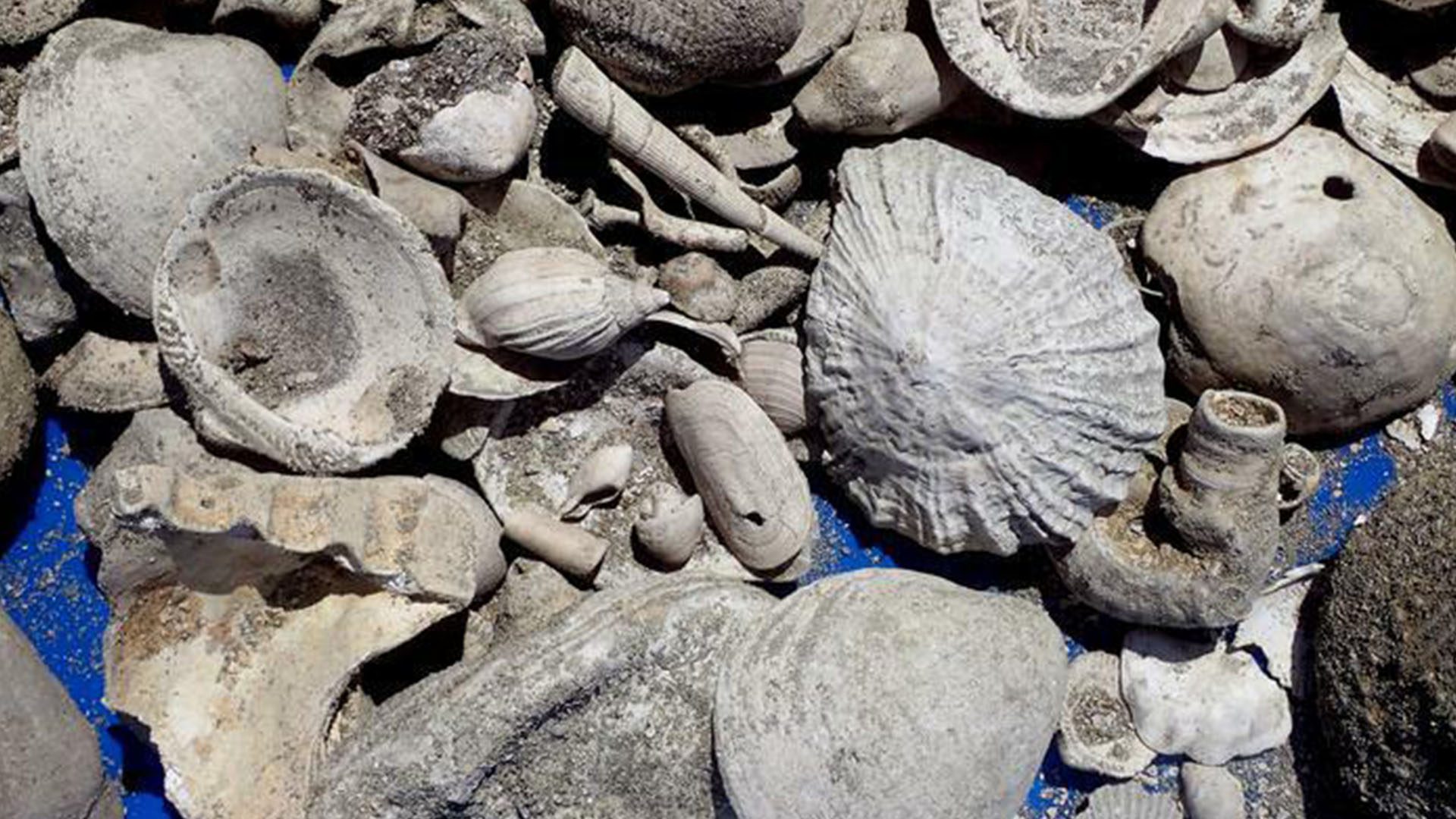Lake Victoria, whose waters border Uganda, Kenya, and Tanzania in East Africa, is home to the most rapid “adaptive radiation” evolution event ever known among vertebrates.

The lake is considered among the African Great Lakes, it’s the continent’s largest lake by surface area and it’s also the largest tropical lake in the world. Adaptive radiation is an evolutionary phenomenon where one animal group gives rise to many species. In Lake Victoria, this process is happening to a species of fish commonly known as cichlids.
According to two new studies, one published in the journal Science and the other in Nature, approximately 500 species of cichlids developed from three swamp-dwelling cichlid populations in only 16,000 years. To put that into perspective, Dawin’s finches took millions of years to evolve into just 18 distinct species.
“The paper uses a very smart [way] to find a clear answer to a longstanding question, which is why certain groups of organisms are more successful at forming many species over a short period of time,” says Claudius Kratochwil, an evolutionary developmental biologist at the University of Helsinki who was not involved with the work.

The vast differences between the evolutionary timescales are due to the fact that finches slowly mutated over millions of years whereas the 500 cichlid species experienced rapid hybridization, which is where two species create offspring with traits of both species. The genetic differences fill every niche of the Lake’s ecosystem, from the bottom feeders to larger predators.
“Thanks to cycles of hybridization and diversification, countless variations in inherited traits have been preserved that have accumulated in these cichlid populations for millions of years,” Ole Seehausen, professor at the University of Bern as well as the Swiss Water Research Institute known as EAWAG, said in a press statement. “By preserving diverse species, we retain a resource pool that can help them adapt to environmental changes, such as coping with rising temperatures through occasional hybridization and sharing adaptations.”
To examine how cichlids created such a vast amount of genetic diversity and a complex ecosystem, Seehausen and his team analyzed 464 cichlid genomes found in Lake Victoria and the Great African Lakes region.
Researchers discovered that the fish were a mix of the same gene pool, originating from three swamp-dwelling cichlid species that existed when Lake Victoria refilled approximately 16,000 years ago.
Nare Ngoepe, an evolutionary biologist at the University of Bern, worked with Seehausen to identify 7,000 fossilized fish teeth found in the four cores extracted from the bottom of the lake in an effort to reconstruct the lake’s history using pollen, sediments, and other core contents.
In the lake’s early history, several types of fish including cyprinoids (a group that includes carp and barbs) were found in the relatively shallow waters. “[Cyprinoids] were the dominant group for at least 1000 years,” Ngoepe says.

As time passed and the lake got deeper, evidence suggests that cichlids ventured into the deeper waters while other species of fish remained in the shallows. Due to this migration pattern, the cichlids soon became the lake’s dominant species of fish.
The populations merged and resulted in more hybrid fish and different gene variants, such as fish that hunt food versus fish that consume algae. Another example is that zooplanktivores mixed with genes of larger predator cichlids to form dwarf predators.
As the team continues to conduct research, Ngoepe plans to study the teeth to understand what the cichlids were eating during the thousands of years of rapid evolution. “Their tooth structures hold vital clues about the types of food they feed on,” she says, which may further explain how the species were able to thrive and evolve so rapidly.







